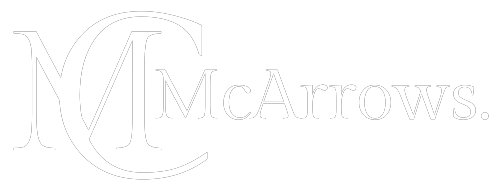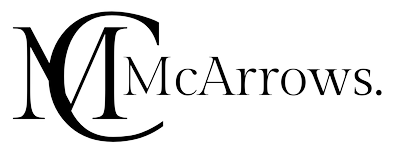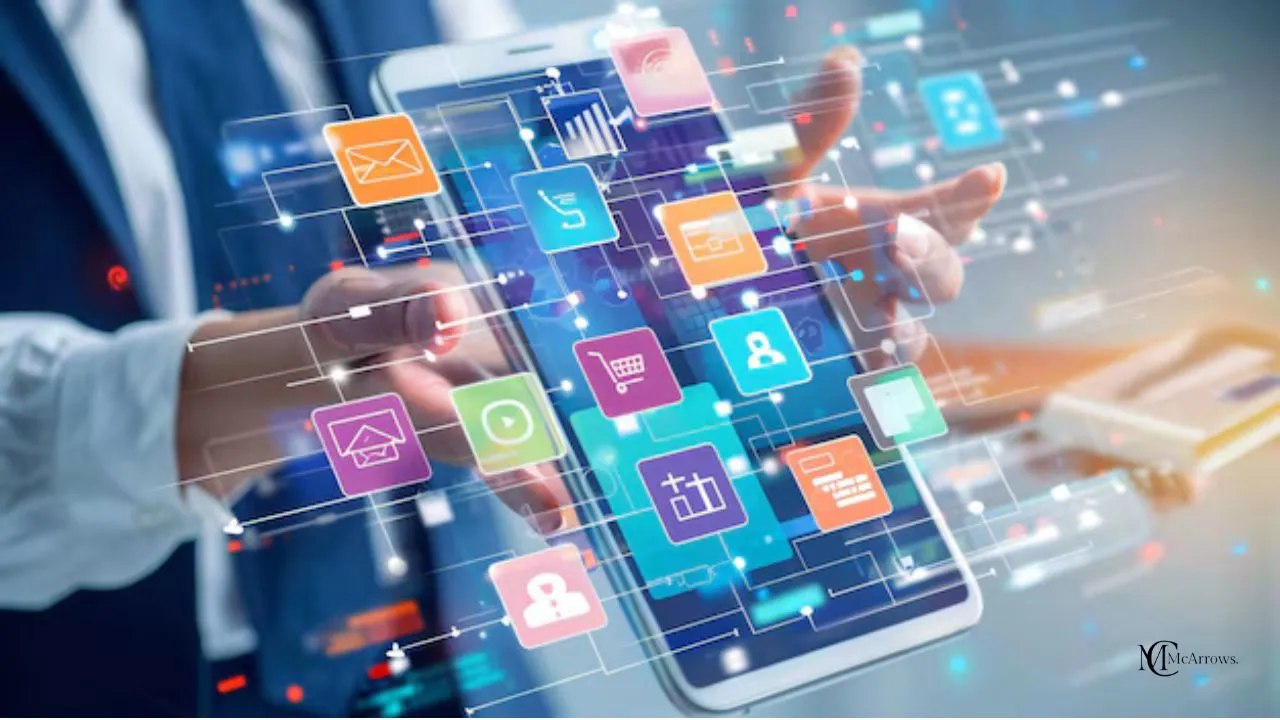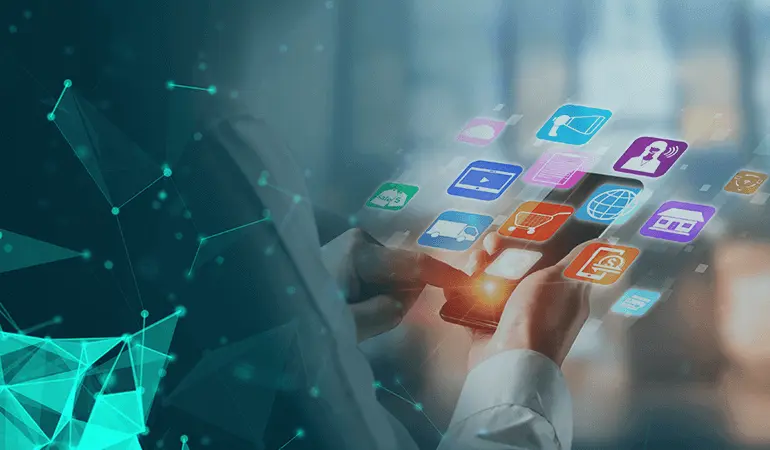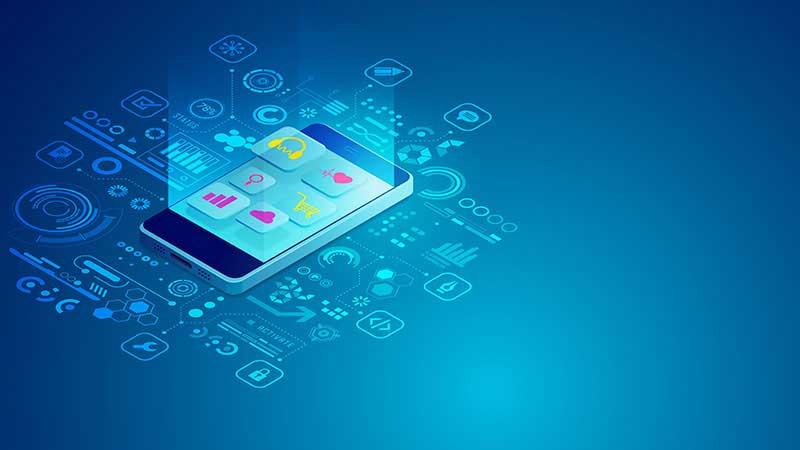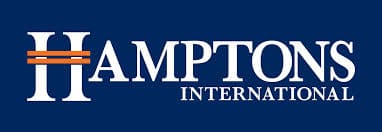The healthcare industry is undergoing a significant transformation driven by technological advancements and the growing need for efficient, patient-centric care. One of the most promising developments is Remote Patient Monitoring (RPM), which leverages technology to monitor patients’ health outside traditional clinical settings. This approach not only enhances patient care but also optimizes healthcare resources. Here, we explore the future trends in RPM and their potential impact on the healthcare industry.
Table of Contents
1. Integration with Artificial Intelligence (AI) and Machine Learning (ML)
The integration of AI and ML into RPM systems is set to revolutionize patient care. These technologies can analyze vast amounts of data collected from remote monitoring devices to identify patterns and predict health outcomes. AI-driven algorithms can provide early warnings for potential health issues, enabling proactive intervention and personalized treatment plans. For instance, AI can help predict heart attacks by analyzing data from wearable ECG monitors, thus allowing timely medical intervention.
2. Wearable Health Devices and Smart Sensors
Wearable health devices and smart sensors are becoming more sophisticated and widely used. These devices can continuously track vital signs such as heart rate, blood pressure, glucose levels, and oxygen saturation. The future will see an increase in the accuracy and capabilities of these devices, making them indispensable tools for chronic disease management. Innovations in non-invasive sensors and long-lasting batteries will further enhance the usability and reliability of wearable health technology.
3. Telehealth Integration
The synergy between RPM and telehealth platforms is expected to grow stronger. Telehealth provides a virtual bridge between patients and healthcare providers, while RPM supplies real-time health data. This combination allows for comprehensive remote consultations, where doctors can make informed decisions based on up-to-date patient information. The future will likely see more integrated telehealth solutions that seamlessly incorporate RPM data, offering a holistic approach to patient care.
4. Big Data and Predictive Analytics
The use of big data and predictive analytics in RPM will become increasingly prevalent. By aggregating and analyzing data from various sources, healthcare providers can gain deeper insights into population health trends and individual patient behaviors. Predictive analytics can forecast disease outbreaks, identify at-risk populations, and optimize resource allocation. This data-driven approach will enhance the efficiency and effectiveness of healthcare delivery.
5. Improved Patient Engagement and Experience
Future RPM systems will focus on enhancing patient engagement and experience. User-friendly interfaces, personalized feedback, and interactive health coaching will empower patients to take an active role in managing their health. Gamification elements, such as rewards for meeting health goals, will motivate patients to adhere to their treatment plans. Improved patient engagement leads to better health outcomes and increased patient satisfaction.
6. Enhanced Data Security and Privacy
As RPM systems handle sensitive health data, ensuring data security and privacy is paramount. Future trends will include advanced encryption methods, blockchain technology, and robust access control mechanisms to protect patient information. Regulatory compliance with standards like HIPAA will remain a priority, and continuous efforts will be made to safeguard against cyber threats.
7. 5G Connectivity
The rollout of 5G technology will significantly impact RPM by providing faster and more reliable internet connections. This will enable real-time transmission of high-resolution health data and support more complex and data-intensive applications. With 5G, remote monitoring devices can operate more efficiently, ensuring uninterrupted communication between patients and healthcare providers.
8. Expansion of Remote Monitoring Applications
The scope of RPM will expand beyond chronic disease management to include a wider range of health conditions and patient demographics. For example, RPM can be used for post-operative care, monitoring maternal and fetal health during pregnancy, and managing mental health conditions. The versatility of RPM will make it a vital component of diverse healthcare strategies.
9. Cost-Effective Healthcare Delivery
RPM has the potential to reduce healthcare costs by minimizing hospital readmissions, reducing the need for in-person visits, and optimizing the use of healthcare resources. Future trends will focus on demonstrating the cost-effectiveness of RPM solutions, encouraging wider adoption by healthcare providers and payers. Value-based care models, where providers are reimbursed based on patient outcomes, will further drive the implementation of RPM.
10. Regulatory and Reimbursement Advancements
As the benefits of RPM become more evident, regulatory bodies and insurers are expected to update policies to support its adoption. Clear guidelines and reimbursement structures will be established to ensure that healthcare providers are compensated for delivering remote care. This will encourage more providers to integrate RPM into their practice.
Conclusion
The future of Remote Patient Monitoring in the healthcare industry is bright, with numerous trends set to transform patient care and healthcare delivery. The integration of AI and ML, advancements in wearable technology, enhanced telehealth solutions, and the utilization of big data and predictive analytics will drive the evolution of RPM. By improving patient engagement, ensuring data security, leveraging 5G connectivity, and expanding its applications, RPM will play a crucial role in the future of healthcare. As regulatory and reimbursement frameworks evolve, the widespread adoption of RPM will become a reality, leading to more efficient, cost-effective, and patient-centered care.
FAQs
1. What is Remote Patient Monitoring (RPM)?
Remote Patient Monitoring (RPM) involves using technology to monitor patients’ health data outside traditional clinical settings. This includes tracking vital signs, chronic disease management, and ensuring continuous care through wearable devices and mobile health applications.
2. How does AI enhance RPM?
AI enhances RPM by analyzing vast amounts of health data to identify patterns and predict health issues. This enables early intervention and personalized treatment plans, improving patient outcomes and proactive care.
3. What role does 5G play in RPM?
5G technology provides faster and more reliable internet connections, enabling real-time transmission of high-resolution health data. This supports more complex and data-intensive applications, ensuring uninterrupted communication between patients and healthcare providers.
4. How does RPM improve patient engagement?
RPM improves patient engagement through user-friendly interfaces, personalized feedback, and interactive health coaching. Gamification elements, such as rewards for meeting health goals, motivate patients to adhere to their treatment plans, leading to better health outcomes.
5. What are the benefits of RPM for healthcare providers?
RPM benefits healthcare providers by reducing hospital readmissions, minimizing the need for in-person visits, optimizing resource allocation, and supporting value-based care models. It enhances patient care efficiency and helps in delivering cost-effective healthcare.

CEO, McArrows
Leverages over seven years in tech to propel the company forward. An alumnus of Purdue and Amity, his expertise spans IT, healthcare, aviation, and more. Skilled in leading iOS and backend development teams, he drives McArrows’ technological advancements across diverse industries.
